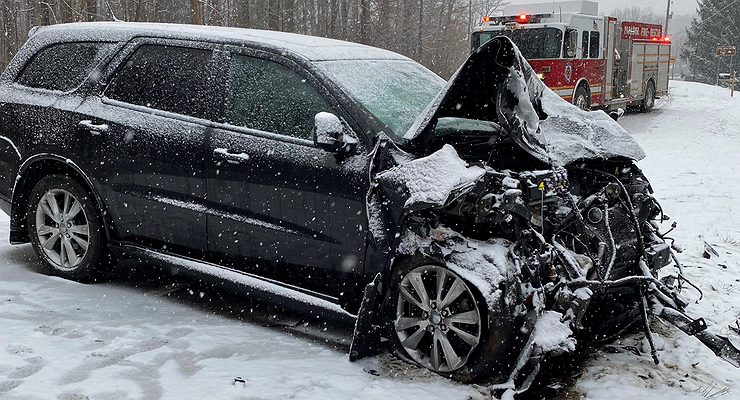OSAGO may be temporarily canceled
- January 18, 2023
- 0
OSAGO has almost become a non-working tool in the current situation. On the one hand, it releases the perpetrator of the accident from responsibility for compensation for the
OSAGO has almost become a non-working tool in the current situation. On the one hand, it releases the perpetrator of the accident from responsibility for compensation for the


Recently, the Russian Union of Auto Insurers announced that in Russia they have practically stopped repairing cars under OSAGO policies. All due to the fact that the amount of compensation simply does not keep pace with the increase in spare parts prices. And the parts themselves are becoming scarce. Moreover, the number of accidents traditionally increases in winter. This gives rise to ideas to save the dying institution of compulsory car insurance in the form of, for example, the use of used parts or higher rates. This entails a large number of persistent legal problems. So now the “car citizen” is in the gray zone. Formally it is, but in fact it doesn’t work at all.
For this reason, Kirill Kabanov, a member of the President’s Human Rights Council, put forward a proposal to introduce a temporary moratorium on the issuance of OSAGO policies. True, the question arises: what about those who have already spent it? And can the judiciary cope with the greatly increased workload in the handling of claims for damages resulting from traffic accidents? Since, taking into account the cost of modern cars, any accident can be an unsolvable financial problem for the car owner.
But maybe, instead of engaging in populism and freezing the mechanism of action, it is worth creating conditions for its operation? For example, by organizing a preferred channel for the parallel import of spare parts. Or introduce a temporary mechanism of targeted subsidies from the state to guarantee the fulfillment of car insurers’ obligations to drivers. Although…
Recently, the Russian Union of Auto Insurers announced that in Russia they have practically stopped repairing cars under OSAGO policies. All due to the fact that the amount of compensation simply does not keep pace with the increase in spare parts prices. And the parts themselves are becoming scarce. Moreover, the number of accidents traditionally increases in winter. This gives rise to ideas to save the dying institution of compulsory car insurance in the form of, for example, the use of used parts or higher rates. This entails a large number of persistent legal problems. So now the “car citizen” is in the gray zone. Formally it is, but in fact it doesn’t work at all.
For this reason, Kirill Kabanov, a member of the President’s Human Rights Council, put forward a proposal to introduce a temporary moratorium on the issuance of OSAGO policies. True, the question arises: what about those who have already spent it? And can the judiciary cope with the greatly increased workload in the handling of claims for damages resulting from traffic accidents? Since, taking into account the cost of modern cars, any accident can be an unsolvable financial problem for the car owner.
But maybe, instead of engaging in populism and freezing the mechanism of action, it is worth creating conditions for its operation? For example, by organizing a preferred channel for the parallel import of spare parts. Or introduce a temporary mechanism of targeted subsidies from the state to guarantee the fulfillment of car insurers’ obligations to drivers. Although…
Source: Avto Vzglyad
Donald Salinas is an experienced automobile journalist and writer for Div Bracket. He brings his readers the latest news and developments from the world of automobiles, offering a unique and knowledgeable perspective on the latest trends and innovations in the automotive industry.